Oil Demands
Transportation Sector: Most of the oil consumed today and in the future, will come from the road transportation sector (based on the World Oil Outlook WOO). In 2015 it accounted for 45% of the overall demand, and is expected remain at this mark until 2040.
The second largest contributor to oil demand is the construction and mining industry consisting of iron, steel, glass and cement production. Following them comes the sectoral industry, this is expected to slow down as the world moves closer to a service oriented economy.
The fourth sector demanding the most oil is the residential/commercial/agriculture industry which accounts for about 11%. This industry demand is expected to remain the same over the next 20 years.
Other industries such as aviation is expected to grow, where demands in the electricity generation sector should remain as is starting around the 5.3 mb/d, however in the long run expected to decline.
Despite a slower economic growth, China is forecasted to increase their demand for oil in the coming years. And India is becoming the world’s fastest growing consumer of oil with rising incomes and a rising numbers of cars. In Brazil, more oil will be required since they are the leader of the chemical market and production of polyethylene, the main raw material for plastic production.
Benefits of Trading with Today Markets
An advantage of trading commodity CFDs such as crude oil with Today Markets is the benefit of trading freely without owning the actual asset. This gives you the flexibility to trade against the price movements without having to buy or sell the actual instrument.
If you believe the price will likely go up or down, your profit and loss in trading CFDs is decided and calculated by the difference in the price at which you buy and sell.
A trader can also benefit by a short position, which is when a trader sells at a given price with the intention of purchasing at a lower price at a later date.


What is Petroleum
Petroleum, also known as crude oil, is a fossil fuel. It was formed from the remains of plants, algae, and bacteria. During millions of years of extreme heat and density, they were transformed into carbon rich resources which are the raw material for fuel and other products.
Petroleum is a mixture of hydrocarbons and paraffin in some cases and in other aromatics and cycloparaffins. Usually found in deep rock strata but sometimes near the earth’s surface. When it is mined, and refined, hundreds of petrochemicals are made into many different products.
Crude petroleum is made of approximately 80% carbon compounds, and a combination of hydrogen, nitrogen, oxygen, and sulfur.
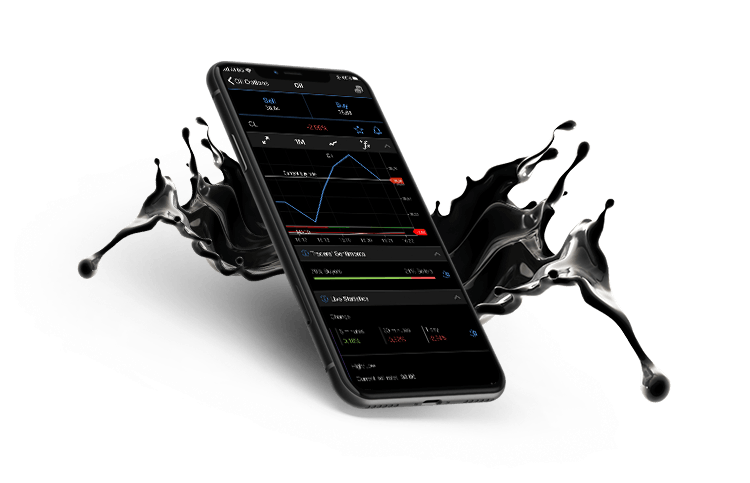
What is Energy Trading
Energy trading involves trading the different energy commodities like oil, natural gas, heating oil, gasoline, or even electricity.
Energy commodities tend to be quite volatile, making large price swings. They also tend to trend quite well. Both of these characteristics make energy trading the choice for traders who are looking for large profit potential. When adding in the leverage possible with CFDs on energy commodities these are an ideal choice for the aggressive trader.

How do i Trade Energies
There are a number of ways to trade energy commodities, including via futures, ETFs, or indirectly through equities. One of the most excellent ways to trade energies is with CFDs. These provide traders with easy access to the market, low fees, high liquidity, and excellent leverage.
In order to choose the proper direction to trade it is necessary to learn how the energy markets are correlated with economic data, as the energy commodity markets tend to react quite strongly to certain economic data points.





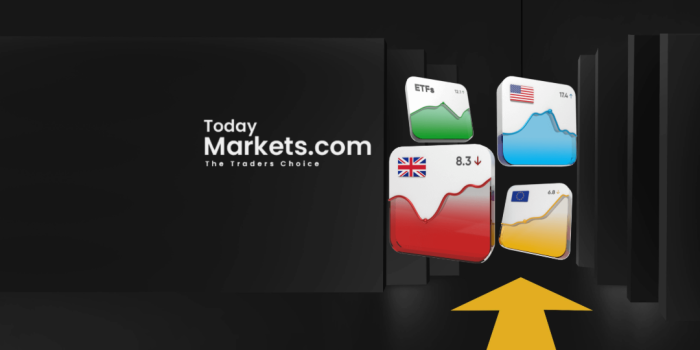
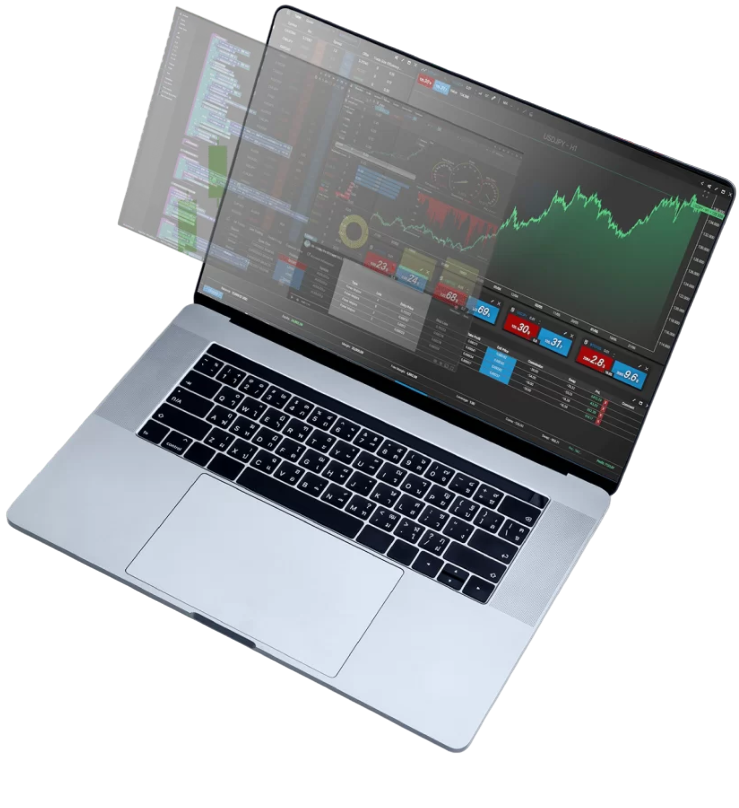 White Label Solutions
White Label Solutions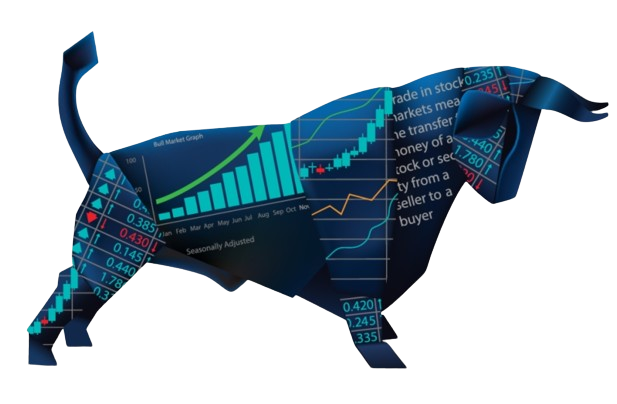 Execution
Execution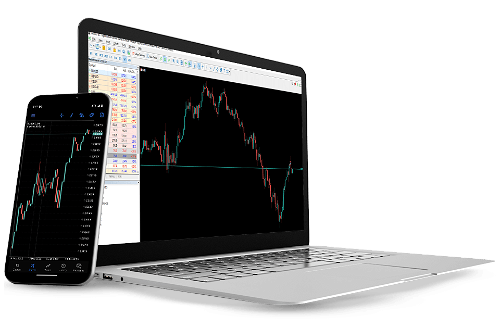 PMAM Platform
PMAM Platform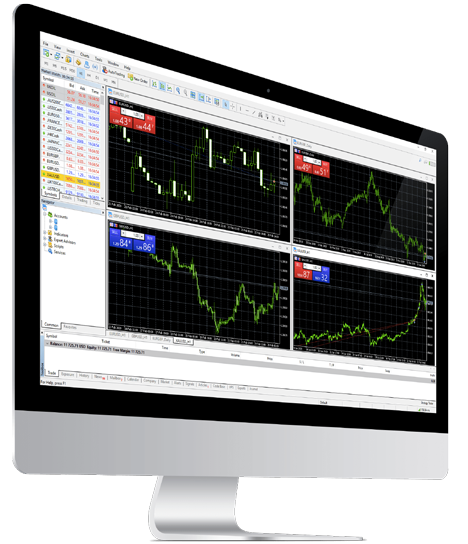 Partner Types
Partner Types Trading Signals
Trading Signals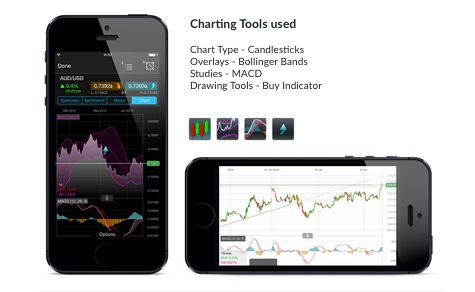 Charting Features
Charting Features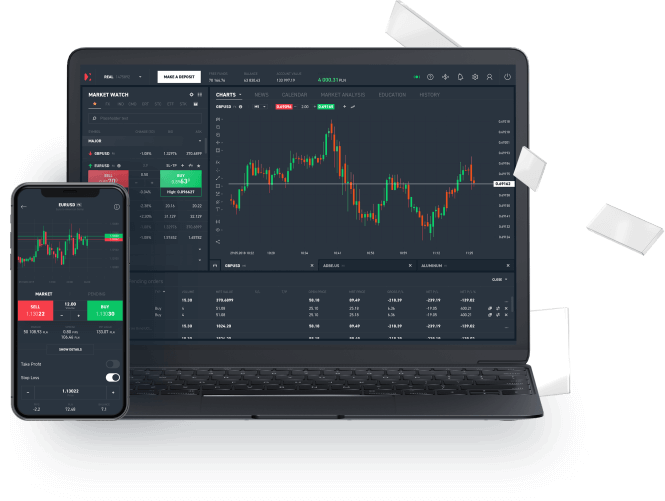 Countdown Pricing
Countdown Pricing Wealth Management
Wealth Management Guardian Angel
Guardian Angel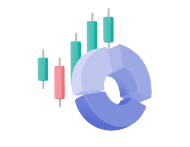 Vanilla Options
Vanilla Options